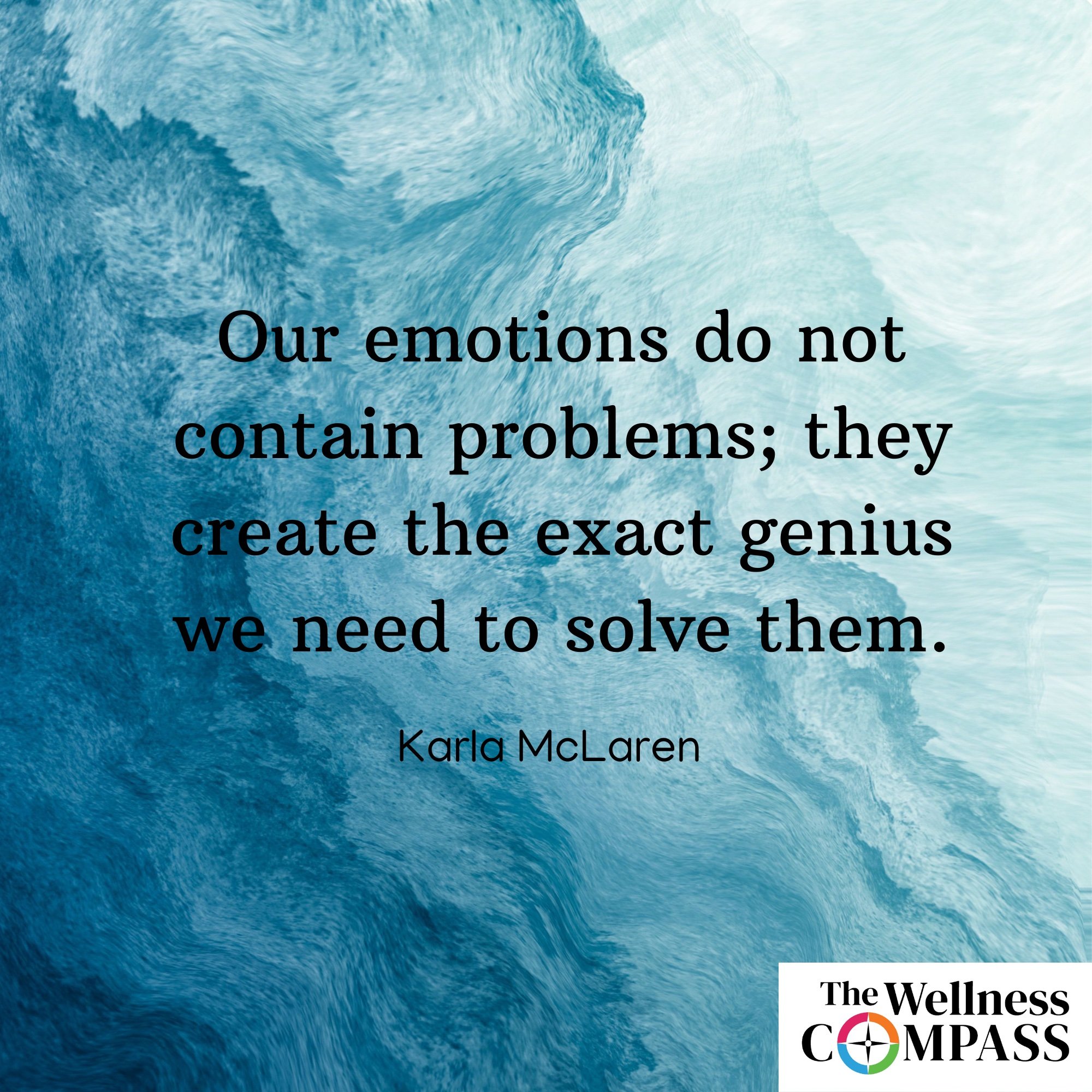Let Your Life Speak: Listen, with Love, to What
Your Body is Telling You
We all know how good it feels to connect with an old friend, someone we haven't been in touch with for a while. It feels good to listen to what they have to say and catch up on how they are doing. The experience of reconnecting can remind us of how very important they have been to us.
Now imagine that the old friend we connect with is not another person, but our bodies. That's right, what if it has been a long time since we have really touched base with our physical well-being and listened closely to what our bodies are telling us?
With today's column, we have started a series entitled "Let Your Life Speak." A theme that will run through each of the columns in this series, and the Wellness Compass podcast episodes that accompany this column, is that our lives are always speaking to us in one way to another. The question is, “Are we curious enough to listen?”
People sometimes ask what we mean when we say that we focus on "whole-person" wellness. Our short answer is that all areas of our well-being are interconnected, like objects hanging from a mobile attached to the ceiling. Move one dangling part, and you will create movement in the other objects as well. All parts of the mobile, like all parts of our well-being, are interconnected.
This is why experts report that two-thirds of visits to a medical professional are stress related. In other words, while these visits are intended to address a physical health concern, the origin of the symptoms is often stress or being out of balance in a dimension other than the physical area of our well-being.
Knowing that stress, anxiety, and grief may first express themselves as physical symptoms is helpful in understanding and helping ourselves heal. For example, if a person is having difficulty sleeping because of something stressful they are experiencing, simply treating the sleep symptom would miss the opportunity to address the underlying issue causing the distress.
It is also true that being proactive about caring for our physical wellness can have a positive preventative impact on our emotional, relational, and spiritual well-being as well. This is the premise of a recent New York Times guest article, "Whatever the Problem, It's Probably Solved by Walking."
The article begins:
"Walking is the worst-kept secret I know. Its rewards hide under every step. Perhaps because we take walking so much for granted, many of us often ignore its ample gifts. In truth, I doubt I would walk often or very far if its sole benefit was physical, despite the abundant proof of its value in that regard.
There's something else at play in walking that interests me more. And with the arrival of spring, attention must be paid."
You can find the whole article HERE.
If we are fortunate, we can say we have more than one friend, yet we each only have one body. Perhaps it's time to reconnect with your "old friend,” go for a walk, and listen closely to what it is saying to you now.
Making It Personal:
1. What are a few things your “old friend,” your body, is telling you now?
2. Have you thought about looking at your health from a holistic vantage point before now? What could it mean to you and your life?
****************************************************************************************************************
To explore your own well-being in the eight areas of wellness, you may be interested in downloading our newest FREE resource, The Adult Wellness Compass Notebook. This workbook is perfect for either individual or group use, and is a tool for self-reflection, learning, and goal setting. Click HERE to download and enjoy.
*Our episode of the Wellness Compass Podcast this week expands on the topic of hope and how to practice hope.. You can listen in your favorite podcast app (Apple, Google, Spotify, etc.)—just search for The Wellness Compass, or by clicking on the “Podcast” tab in the header at the top of this page.
And speaking of podcasts, Scott has launched a new podcast that is just him speaking about a topic that he is passionate about, the integration of spirituality and wellness. This newly launched LIving Compass Podcast can be found HERE or in your favorite podcast app.















